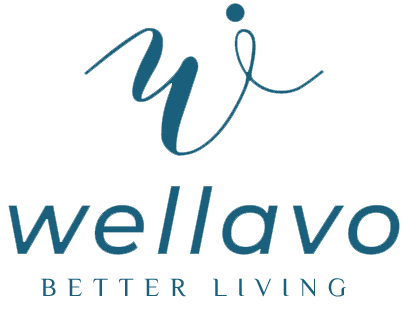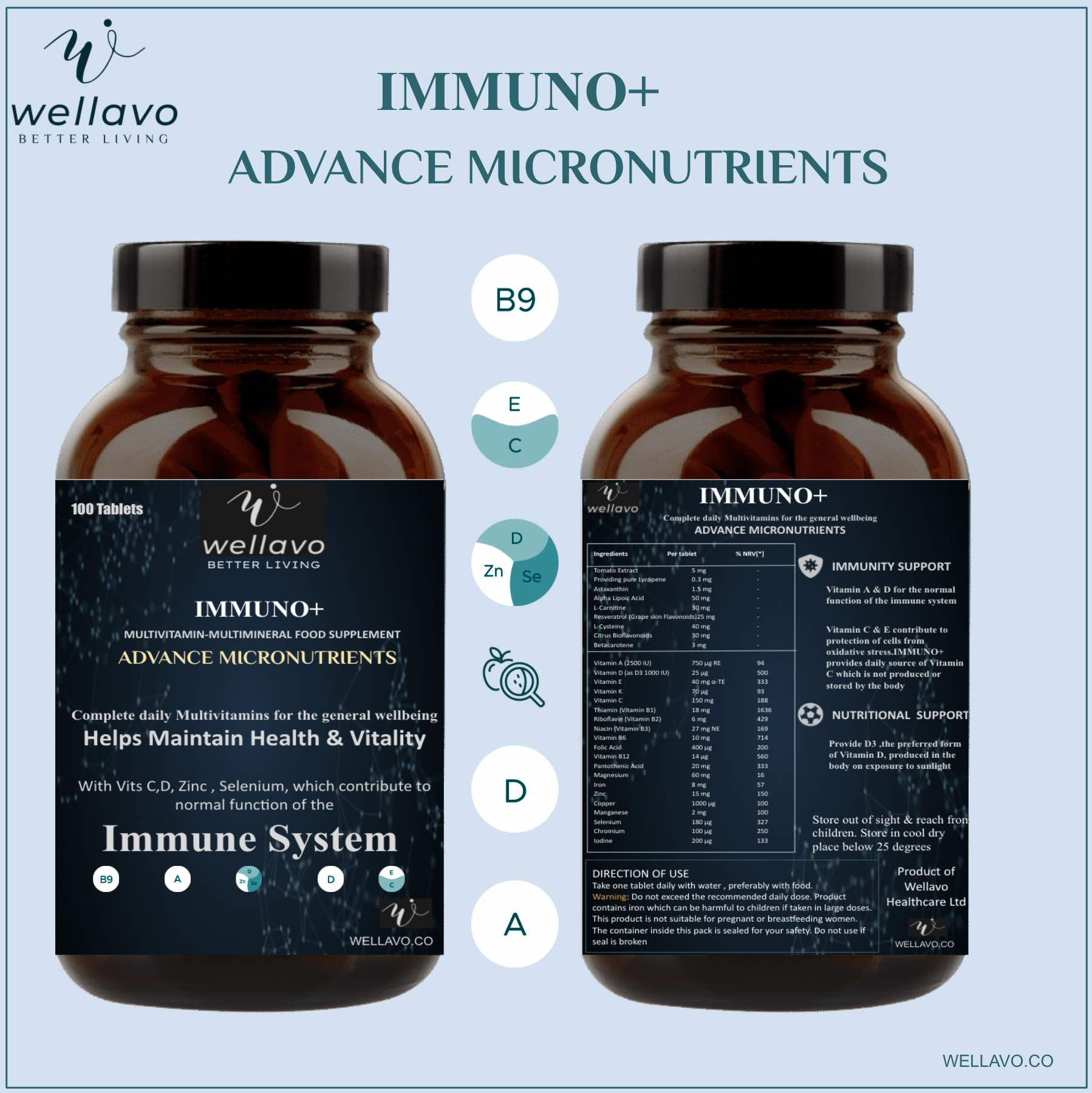Protein is an important part of a healthy balanced diet. It is one of three main macronutrients (in addition to carbohydrates and fat). Specifically, the human body uses protein for just about everything.
Protein is made up of amino acids. The body breaks down protein to utilize those amino acids for various purposes. There are 20 amino acids and 11 of them are considered non-essential since the body can synthesize them. The other nine amino acids are essential and must be obtained from food since the body cannot produce them.
Healthy protein sources from food include both animal-based and plant-based foods. While animal products like meat, fish, and eggs are generally thought of as the main protein sources in the human diet, plant-based protein sources also suffice. Plant-based proteins generally include legumes, tofu, nuts, seeds, and grains. Even fruits and vegetables contain small amounts of protein.
High-protein grains are not only an excellent source of plant-based protein, they are also full of fiber, vitamins, minerals, complex carbohydrates, and other nutrients. Here are 12 high-protein grains to incorporate into your diet if you want to eat fewer animal products or include a greater variety of protein sources.
Quinoa
Verywell / Alexandra Shytsman
Quinoa is treated like a grain, but it is technically the seed of a plant that is related to spinach. It is a known staple of many cultures around the world, including ancient civilizations that lived thousands of years ago. Today, it is known for being a rich protein source for vegans and vegetarians.
According to the USDA, 1 cup of cooked quinoa contains 8g of protein. It is also a good source of fiber, iron, and magnesium. Quinoa is considered a plant-based complete protein, meaning that it contains all nine essential amino acids. Not all plant sources of protein contain all the amino acids or the same amounts, but quinoa is one of the grains highest in all essential amino acids.
When plant sources of protein are not complete proteins, the missing amino acids need to be consumed throughout the day from other foods to fulfill all essential amino acid needs.
Since quinoa is gluten-free, people with celiac disease and non-celiac gluten sensitivity can enjoy quinoa recipes. However, not all foods containing quinoa are certified gluten-free. Some products that contain quinoa may also contain other foods that contain gluten or have been cross contaminated with gluten. If you have severe allergies, always check the label to determine if a product is safe for you.
While quinoa is most commonly associated with savory dishes for lunch and dinner, quinoa bowls make for tasty breakfasts that are rich in plant-based protein and other nutrients. Try a high-protein quinoa breakfast recipe to start your day with a boost of protein-rich grains.
Amaranth
Verywell / Alexandra Shytsman
Like quinoa, amaranth is technically not a grain. It is a pseudocereal, which are plants that produce fruits or seeds that can be used like grains. Amaranth is used like a grain and often grouped with other grains since it has a similar nutritional profile.
Traditionally, amaranth is a staple in countries like Peru, India, Mexico, and Nepal. It is commonly used like oats in breakfast porridge or hot cereals. A clever way to incorporate amaranth into your diet is to pop it like popcorn. Popping it yields a puffed grain and it can be consumed as is or incorporated into recipes.
Since it contains all of the essential amino acids, it is considered a complete protein for plant-based diets. According to the USDA, 1 cup of cooked amaranth contains 9g of protein. It is also a rich source of fiber and minerals like iron, magnesium, and zinc.
Though amaranth is not as popular as other grains, it is a delicious and hearty addition to many dishes. Amaranth is gluten-free and can be used in place of grains that contain gluten, such as wheat, barley, and rye.
Kamut
Verywell / Alexandra Shytsman
The ancient grain kamut also goes by the name khorasan wheat (Triticum turanicum). It is named after a large region that is now northeastern Iran, southern Turkmenistan, and northern Afghanistan. Historians believe that other ancient civilizations, such as Mesopotamia and ancient Egypt, may have used this grain as well.
According to the USDA, 1 cup of cooked kamut contains nearly 10g of protein. It is also a significant source of fiber, zinc, and magnesium.
Compared to other grains, kamut contains more naturally occurring sugar. Though it has not been tested for its glycemic index, it is closely related to barley, which is a low glycemic food.
Since this form of wheat is an ancient grain, it is not commonly consumed in modern diets. However, you can likely find kamut and products containing kamut in the natural foods section of most grocery stores. If you find kamut, you will notice that it has a pleasant buttery taste.
Teff
Ekaterina Fedotova / 500px / Getty Images
If you have ever heard of teff cereal or porridge, you may have wondered, “what is teff?” Teff is an ancient grain that is native to Africa, specifically in modern-day Ethiopia. It is derived from a plant with edible seeds, much like quinoa and amaranth, though it used like a grain. Therefore, it is also a pseudocereal.
Some people turn to teff as a gluten-free alternative to grains that contain gluten or have been contaminated with gluten.
According to the USDA, 1 cup of cooked teff contains more than 9g of protein. It is also rich in calcium, fiber, and iron. Since it is low in fat, with less than 2g of fat per 1 cup serving, it is suitable for a low-fat diet.
You can cook teff like you would other grains that are used to make hot cereal or porridge. Teff flour is especially useful in gluten-free baking recipes since it binds to other ingredients. Since it has a nutty flavor, teff can be used in both sweet and savory recipes.
Farro
Verywell / Alexandra Shytsman
Farro is another ancient grain like kamut and teff. It is believed to date back 17,000 years to early agriculture in Mesopotamia. Like teff, it is commonly described as having a nutty flavor. It is versatile for various types of cooking, but it has been popularized in Italian-style cooking especially in salads, risottos, and pilafs.
To incorporate farro into your lifestyle, you can cook it like rice or use ground farro in place of flour. Since it is naturally low in fat, cholesterol, and sodium, it can lighten up an otherwise heavy dish. Though it is a whole grain, it is hearty and filling since it is rich in fiber, complex carbohydrates, and protein.
According to the USDA, 1 cup of cooked farro contains 5g of protein. Though it is a rich source of protein, farro does not contain all nine of the essential amino acids. However, if you consume other types of plant-based protein sources throughout the day such as soy, legumes, nuts, peanuts, or seeds, you should be able to reach your daily protein needs.
Use farro in healthy Italian-style recipes like farro salad.
Spelt
Verywell / Alexandra Shytsman
Spelt is an ancient grain that is often ground into flour and used in baking. It is similar to wheat and has been used across Europe for thousands of years.
People with celiac disease or gluten intolerance should not consume spelt, spelt flour, or spelt products. Instead, use other gluten-free grains or gluten-free flour alternatives.
According to the USDA, one-quarter cup of spelt flour contains 5g of protein. It is also high in fiber, which can help you feel fuller for longer and may improve your gut microbiome. The fiber in spelt can also help regulate blood sugar levels.
If you are following a high-protein diet, replacing all-purpose flour with spelt flour is an easy and healthy way to increase your protein consumption. You can swap spelt flour using a one-to-one ratio with whole wheat flour, but for all-purpose flour you can replace 1/2 of it with spelt because of its low gluten content. Spelt flour is also lower in carbohydrates than other whole grains, so it may be suitable for low-carb diets.
Since spelt is not a popular grain, it may be difficult to find spelt recipes. If you are new to spelt, try making spelt bread, spelt pancakes, or other recipes that call for spelt flour.
Couscous
Verywell / Alexandra Shytsman
Some high-protein grains may sound unfamiliar to you since they are ancient grains that are not very common in modern-day food trends. However, you have likely heard of or even consumed couscous before. Couscous is a type of grain product that is made of small steamed balls of crushed durum wheat semolina. Since it is made from the same type of wheat of many pasta products, it is often referred to as a grain or pasta product.
According to the USDA, a one-half-cup serving (about 1/4 cup dry) of whole wheat cooked couscous contains nearly 5g of protein. Couscous is lower in fiber than other whole grains, but it is a great source of complex carbohydrates. This type of carbs can be used as a sustained energy source.
Since couscous contains wheat, it is not a gluten-free food. People with celiac disease or gluten intolerance should not consume couscous products.
One of the most popular ways to prepare couscous is as a side dish. Like quinoa and brown rice, couscous is perfect to serve with other foods on top, such as stew or chicken.
Oats
Verywell / Alexandra Shytsman
One of the most popular high-protein grains is oats. There are many different types of oats, which are commonly used to make oatmeal. Some oat types include steel cut oats, quick cooking oats, groats, and more. Quick cooking oats are great for convenience. Steel cut oats and groats are also great choices, they are also less processed but take longer to cook.
For people with celiac disease or non-celiac gluten sensitivity, pure oats do not contain gluten. However, oats are commonly cross contaminated with gluten. To find gluten-free oats, look for oat products that are specifically labeled gluten-free.
According to the USDA, 1 cup of cooked oats contains nearly 6g of protein. Oats are also an excellent source of fiber, complex carbohydrates, zinc, magnesium, and iron. They are also naturally low in fat and calories, making them a popular grain for various types of diets and health goals.
Oatmeal breakfast recipes are an easy and delicious way to incorporate more protein-rich oats into your weekly menu. Overnight oatmeal recipes are an especially convenient way to eat oats on a regular basis since you can prepare them ahead of time.
Buckwheat
Verywell / Alexandra Shytsman
People with celiac disease or non-celiac gluten sensitivity may be interested in gluten-free buckwheat alternatives. Despite having the word “wheat” in its name, buckwheat is not a form of wheat at all. It is not even a grain, though it is treated like one.
Buckwheat is related to rhubarb and sorrel, but it is not a vegetable or herb either. It is cultivated for its seeds, making it a pseudocereal.
According to the USDA, 1 cup of cooked buckwheat contains 5g of protein. It is also rich in fiber yet low in sugar and fat. One of the appeals of buckwheat is that it may help people with irritable bowel syndrome (IBS) since it is easy on the digestive system.
Try buckwheat in this maple pumpkin pie buckwheat groats recipe. It is compliant for people following a low-FODMAP diet and it is low in calories.
Millet
Millet is gaining popularity due to its mild, slightly sweet taste and versatility. The ancient grain is gluten-free and can be added to salads or used as an alternative to rice in pilafs or stir fries. You can use millet to make a morning porridge or add it uncooked to bread recipes if you want a little bit of crunch.
According to the USDA, one-cup cooked serving of millet provides 207 calories, 6 grams of protein, 41 grams of carbohydrate, 2.3 grams of fiber, and 1.7 grams of fat. It is a good source of iron, and also provides some B vitamins.
Wheat Berries
Wheat berries are the whole wheat kernel, including the bran, germ, and endosperm. The grain can be used to make flour or it can be used in recipes like other whole grains. Wheat berries have a firm texture and nutty taste that works well in soups, casseroles, savory recipes, or sweet breakfast dishes.
According to the USDA, a quarter-cup of dried red winter wheat berries (which makes about a full cup serving) provides 150 calories, 6 grams of protein, 0.5 grams of fat, 32 grams of carbohydrate, and 6 grams of fiber.
Because the grain is in tact, wheat berries can take a while to cook, although you can shorten the cooking time by soaking the berries overnight. You can also save time by making a big batch and store it in the refrigerator or freezer to use as needed.
Brown Rice
Verywell / Alexandra Shytsman
Brown rice is the crowd favorite of high-protein grains. It is nutritious, hearty, and delicious. Brown rice is also a versatile grain that can be used in many different types of cooking, such as Mexican- and Asian-style cuisines. A perk of brown rice is that it is a whole grain that is easy to find and it is usually affordable.
According to the USDA, 1 cup of cooked brown rice contains 4.5g protein. It is also naturally cholesterol-free and low in fat. Like other grains, brown rice is a great source of minerals like magnesium and zinc.
Both brown rice and white rice contain a similar amount of protein. Brown rice is less processed than white rice, so it contains more fiber. Brown rice also has slightly fewer calories and a slightly lower glycemic index than white rice.
However, some athletes prefer white rice since because of its low fiber content and high glycemic index. This makes it a quick source of energy that is gentle on the belly. An easy way to get more fiber into your diet is by replacing white rice with brown rice. Both are good sources of plant-derived protein.
A Word From Verywell
High-protein grains like quinoa, oats, brown rice, teff, and more are perfect examples of plant-based protein sources. While you can get all the protein you need from animal products like meat, fish, and eggs, you can get a wide variety of nutrients by getting some of your protein from grains and other plant-based proteins.
Grains are especially versatile foods. You can incorporate whole grains into breakfast, lunch, and dinner for multiple servings throughout the day. Try these rice and grain recipes to see how filling and delicious these high-protein grains can be.





